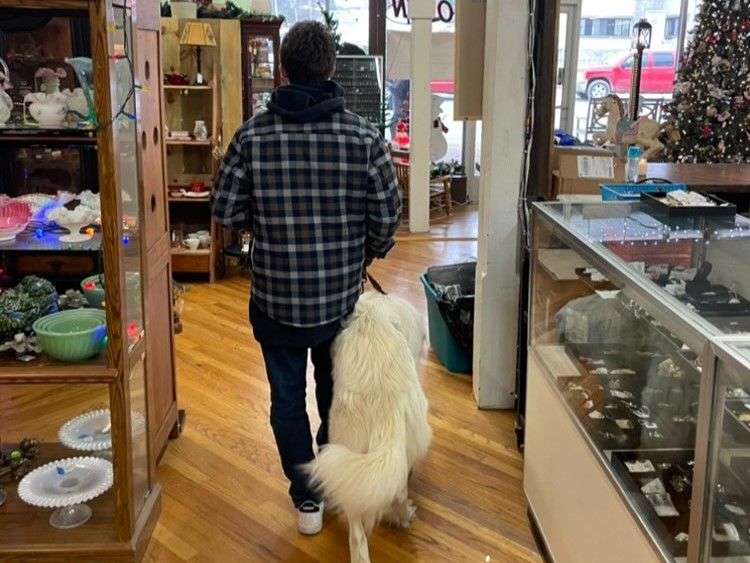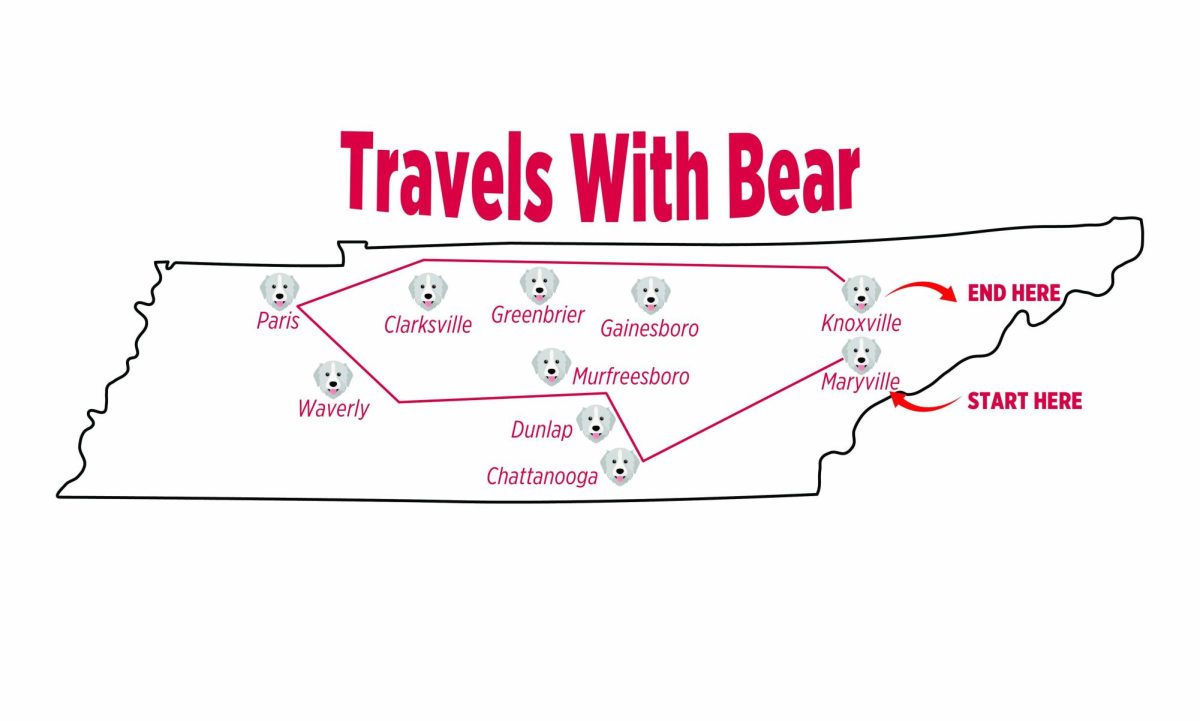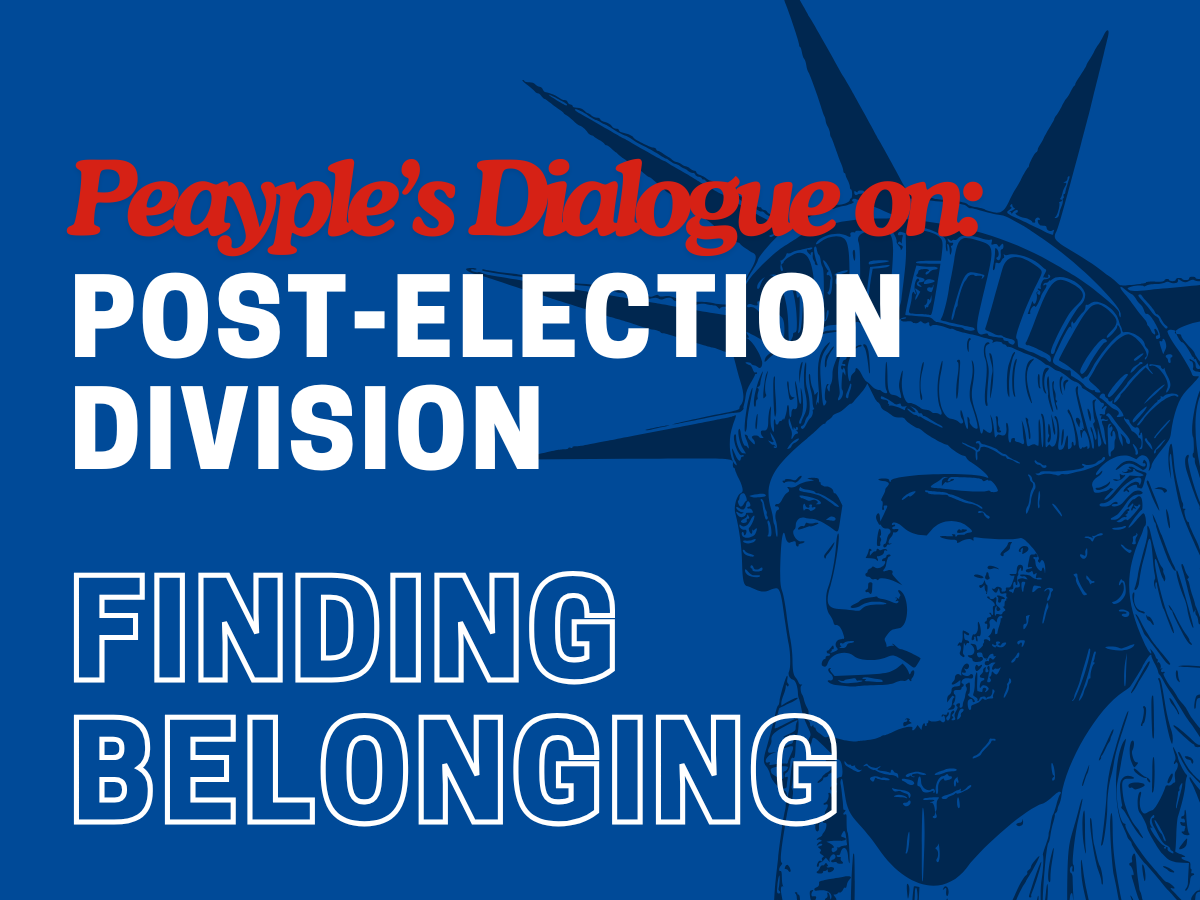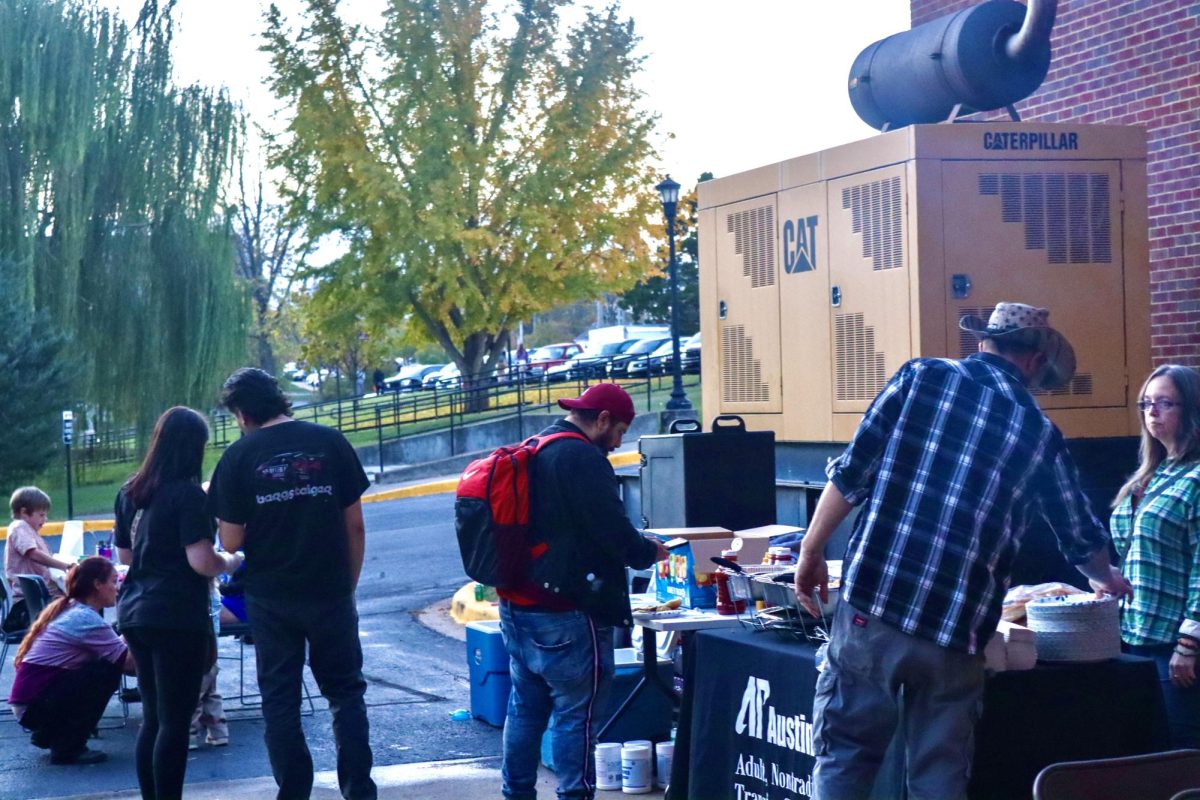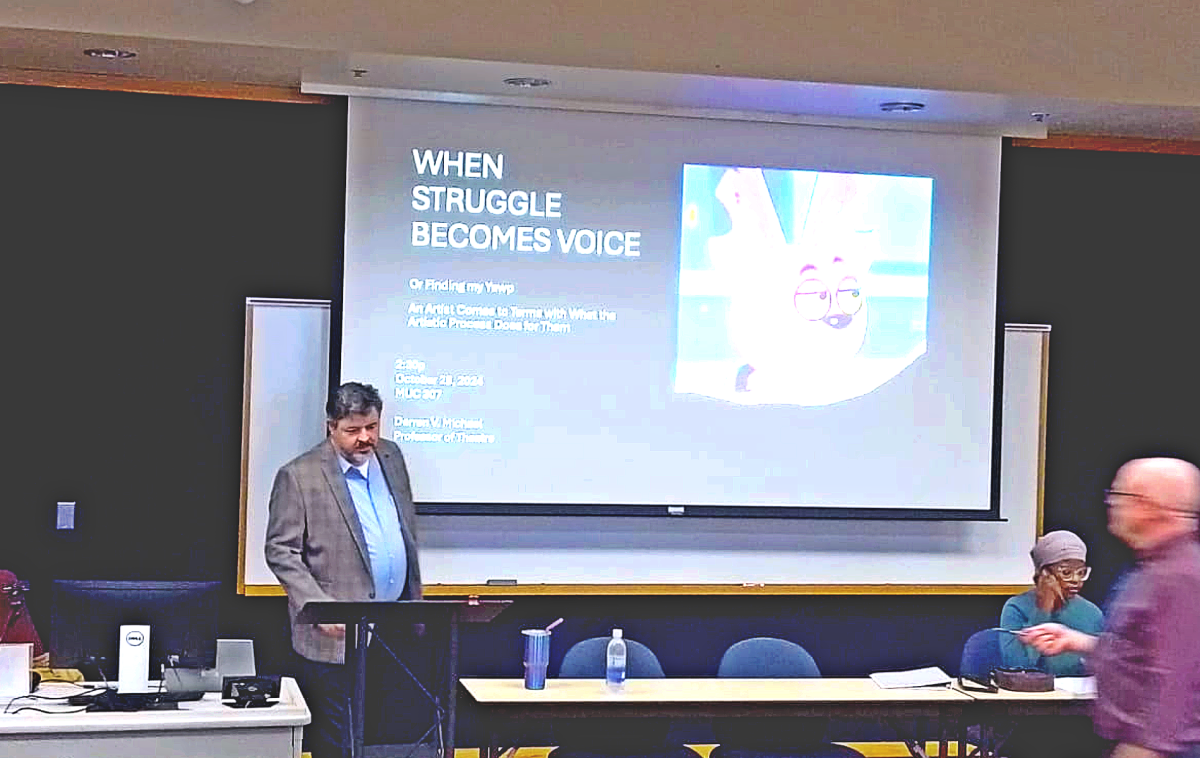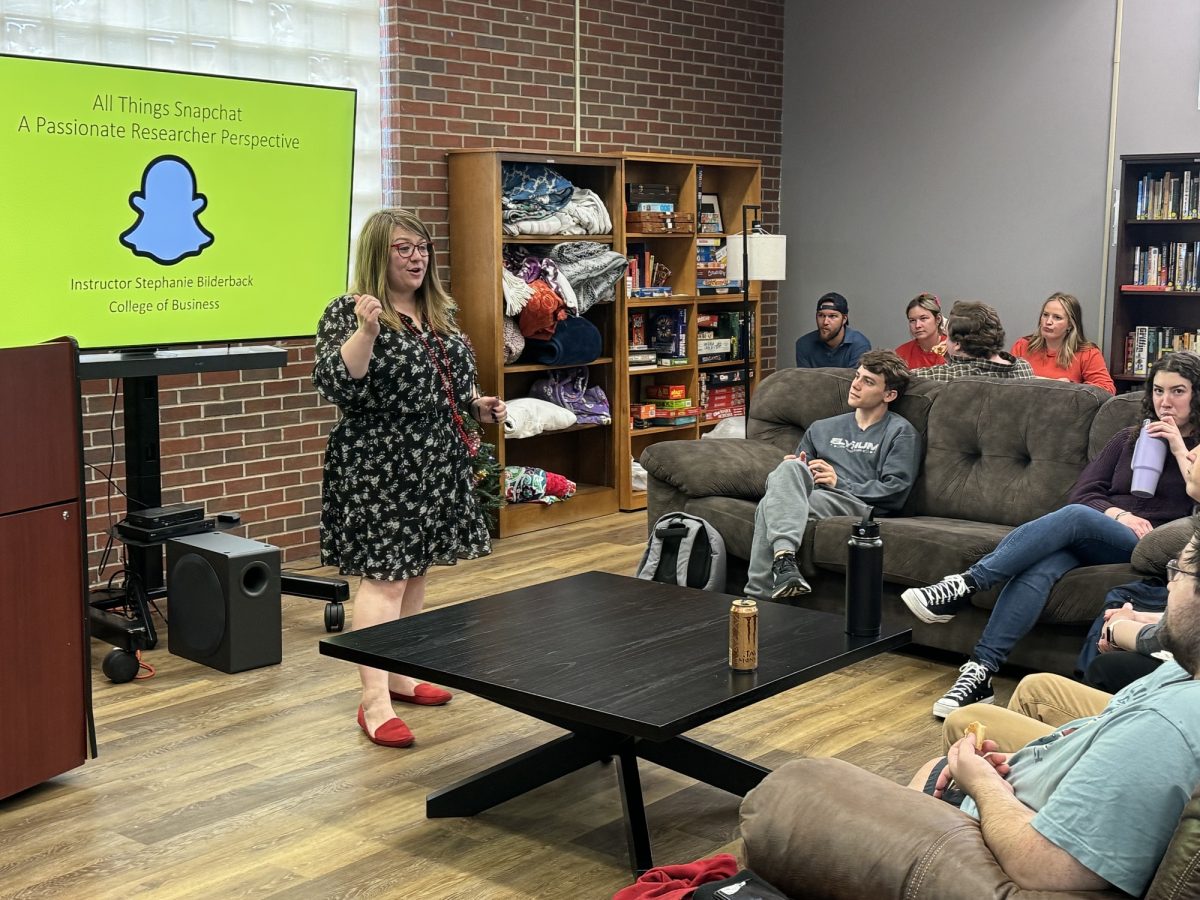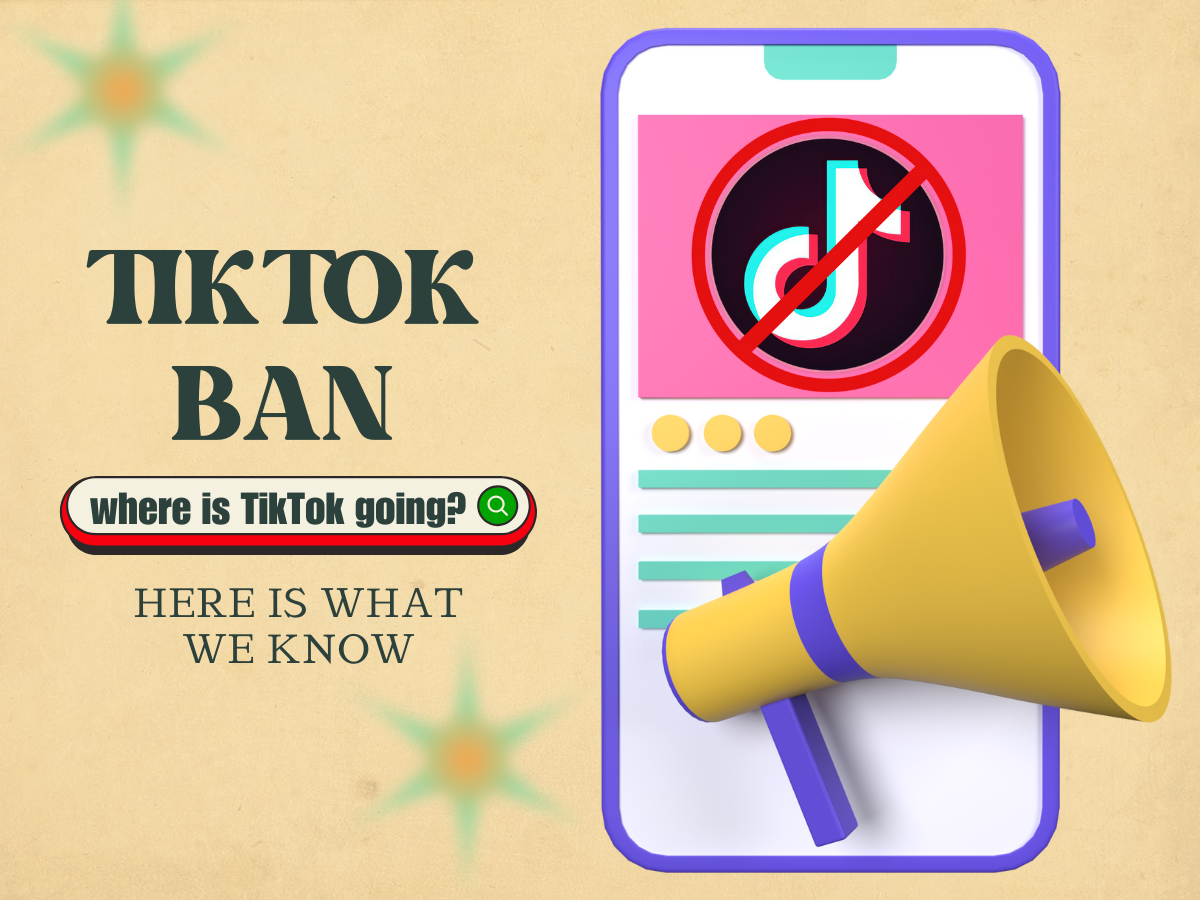An estimated 578,000 currently experience homelessness in the U.S., according to the National Alliance to end Homelessness.
Homelessness is an issue many are aware of, though some aspects of homelessness may be misunderstood by the general public. According to Brian Campbell of the Clarksville branch of Salvation Army, compassion for the homeless in the public varies.
“A lot of [homeless people] are high functioning with jobs,” Campbell said. Campbell mentioned that when a person sees someone standing on the street panhandling, they might think, “They can get a job.” However, “homelessness has a lot of faces,” Campbell said.
Gary Kenney of Safe Harbor, a six-month, faith-based drug and alcohol recovery program in Clarksville, said he believes “there is a greater need to educate and inform the public about the causes of homelessness.”
According to Kenney, the “mental health aspect of these conditions” is important to acknowledge.
An article by Huffington Post reported that menstruation can be a difficult time for homeless women, since many shelters cannot provide items such as pads and tampons and most people don’t think to donate them.
The situation at the Salvation Army is not so. The organization has “ample supply” of personal hygiene items, which are given to men and women in need.
Tamara Torres of The Old Fire House said the organization’s “needs change depending on the individual.” According to Torres, people donate items such as pads and tampons and other personal hygiene items to The Old Fire House.
Most needed items at The Old Fire House include male shoes, bags, nonperishable food items and toiletries such as soap, razors and shampoo.
Kenney said Safe Harbor’s most-needed items are meat items, canned goods, dry beans, sandwich bread and lunch meat.
Campbell said the most-used items at the Salvation Army are clothing and hygiene items.
Fifteen percent of the homeless population is considered chronically homeless. “Homelessness can range from one day to over 50 years,” Campbell said.
Campbell said the most needed resource for homeless people is healthcare, such as vision, dental and medical. Many homeless can get free mental health screenings, according to Campbell. Lens Crafters in the Governors Square Mall offers free eye exams to the homeless.
The best way to help the homeless, according to Campbell, is to donate and volunteer at local food banks and nonprofit organizations.
“Take some time to get to know someone’s situation and their challenges,” Campbell said.
Torres said reaching out to organizations is a good way to help. “Volunteer,” Torres said. “Talk to people.”
Kenney suggested donating items “that are complimentary to the environmental and conditional state of the client you are trying to help,” as well as “giving resources directly to the clients.”
Torres said the general public has a problem with “not understanding” the homeless population, attributing their situation to addictions to drugs or alcohol. The perception is that the individual did something wrong to arrive in this situation, according to Torres.
“It can happen to anybody,” Torres said.
Similarly, Campbell said there are many people who don’t feel compassion towards the homeless. Campbell said he believes people should relate more to the homeless population.
The homeless just have “a few obstacles to get over,” Campbell said. TAS








